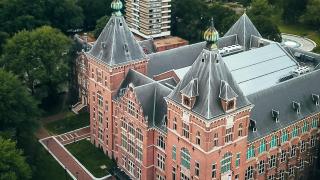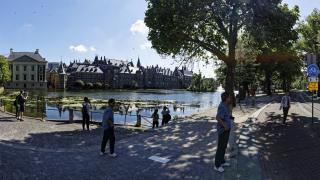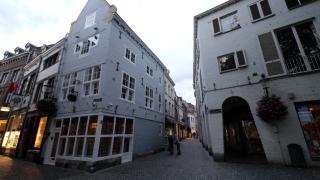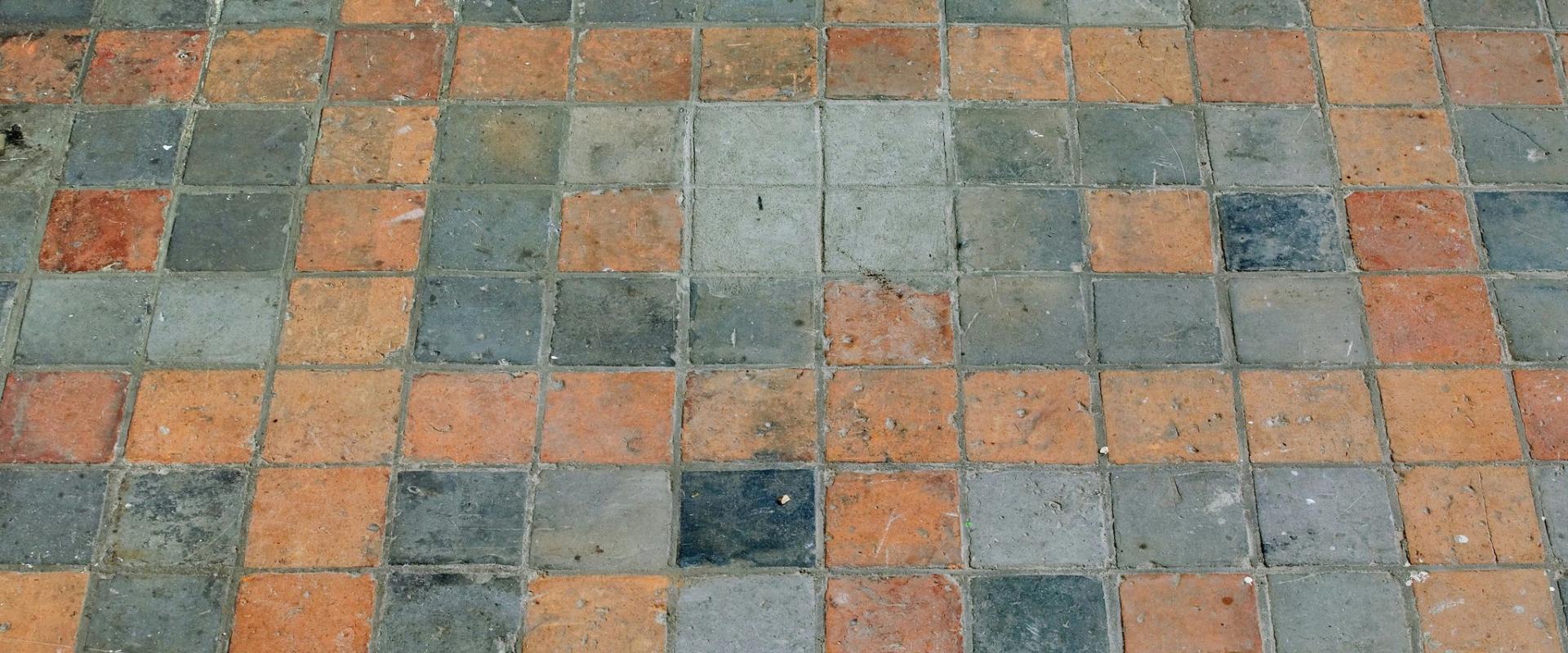
Mariënburgkapel
15th-century chapel housing Nijmegen’s history
Mariënburgkapel, located in the heart of Nijmegen, is a remarkable example of the city’s layered history and evolving architecture. Built around 1430 as part of a cloister complex just outside the medieval city walls, the chapel was originally owned by the Sisters of the Common Life, a religious community of unmarried women who lived a devout life without taking strict vows. The two-storey chapel was designed to separate the sisters from lay visitors during Mass, reflecting the customs of the time.
Following the capture of Nijmegen by Prince Maurits in 1591 and the subsequent ban on Catholic worship, the convent gradually declined, closing its doors after the last nun died in 1626. Over the centuries, Mariënburgkapel has served a fascinating array of secular purposes, including a hospital, theatre, cotton mill, clothing warehouse, prison, music hall, and even an equine hospital.
Today, the chapel houses the House of Nijmegen History (Huis van de Nijmeegse Geschiedenis), serving as a vibrant starting point for visitors interested in the city’s past. Regular exhibitions and lectures are held here, and visitors are welcome to explore the space freely, ask questions, and learn about Nijmegen—the oldest city in the Netherlands. The chapel’s rich history and central location make it an essential stop for anyone seeking to understand the cultural heritage of Nijmegen.
Categories
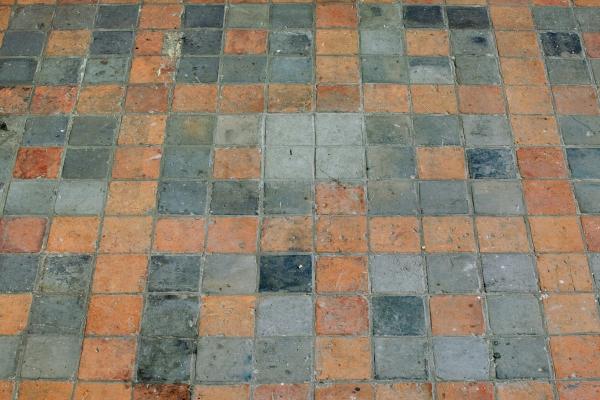
More photos coming soon
Nearby Attractions
Other places to visit in Nijmegen
Quick Facts
Best Time to Visit
July to October offers mild weather, lively festivals, and ideal conditions for exploring Nijmegen’s parks, riverside, and historic city center.
